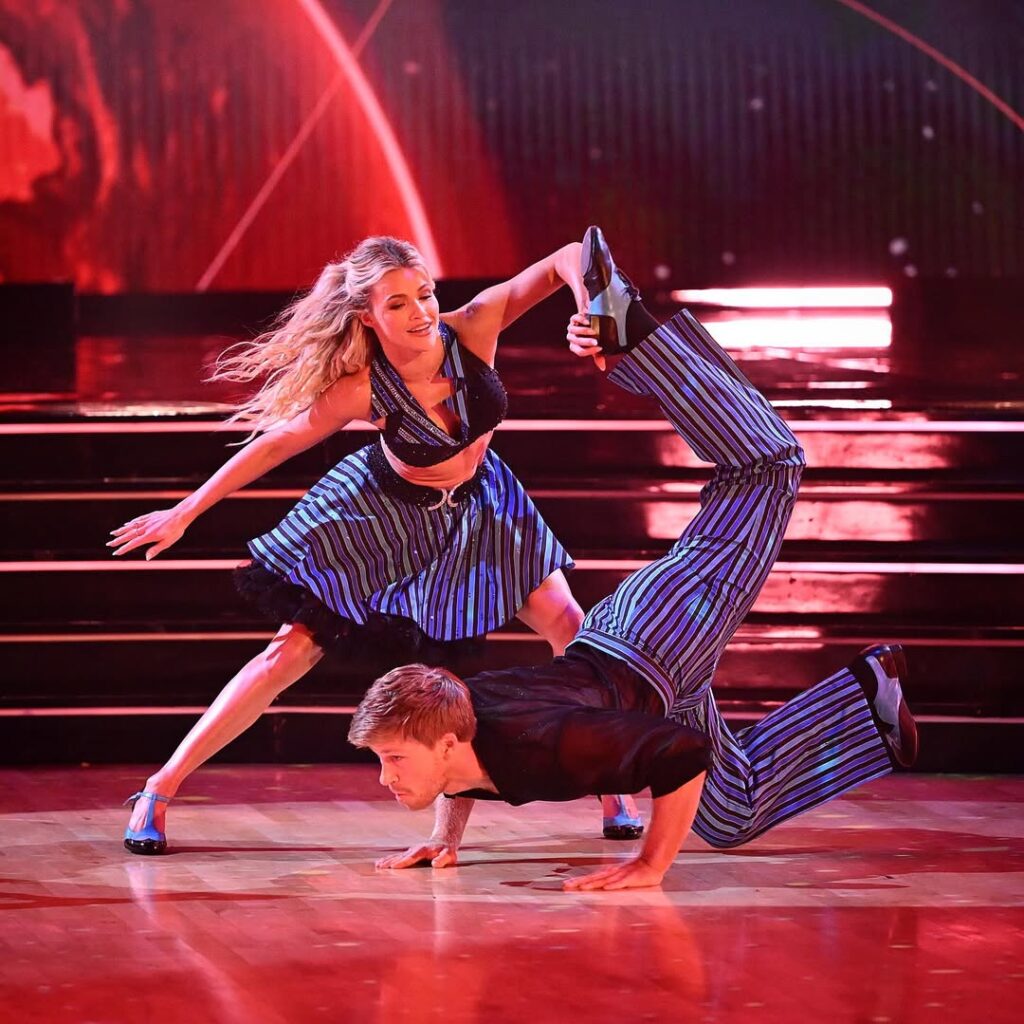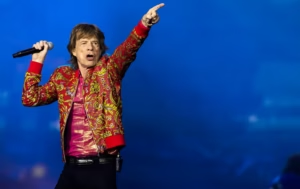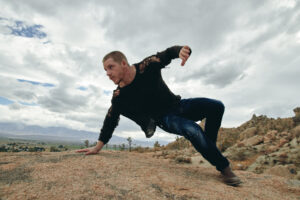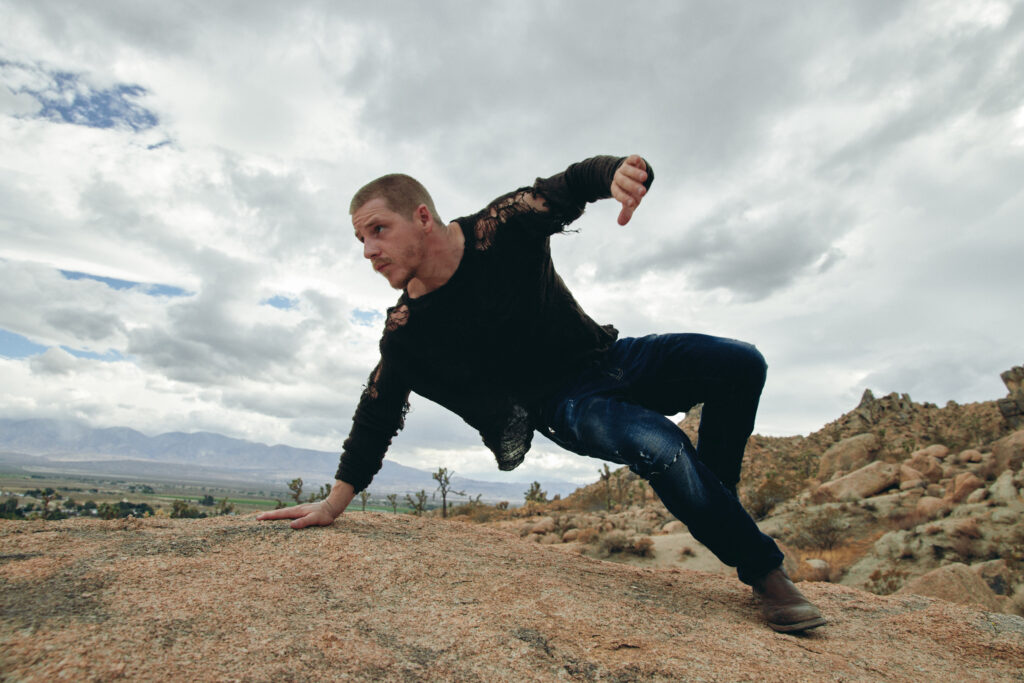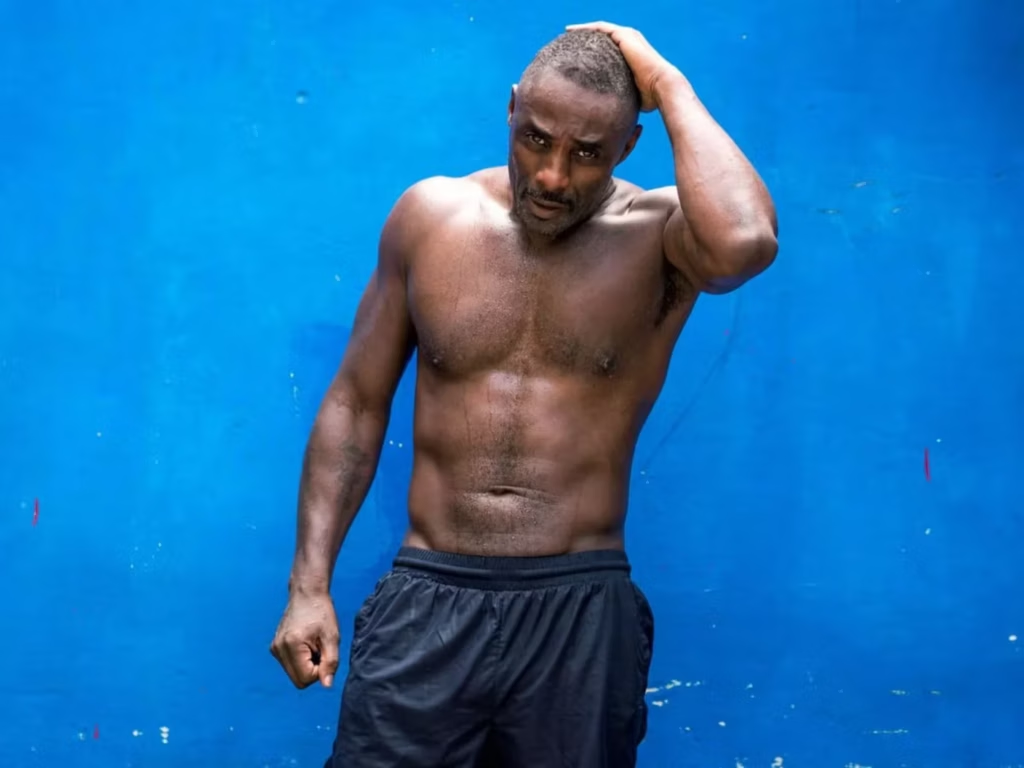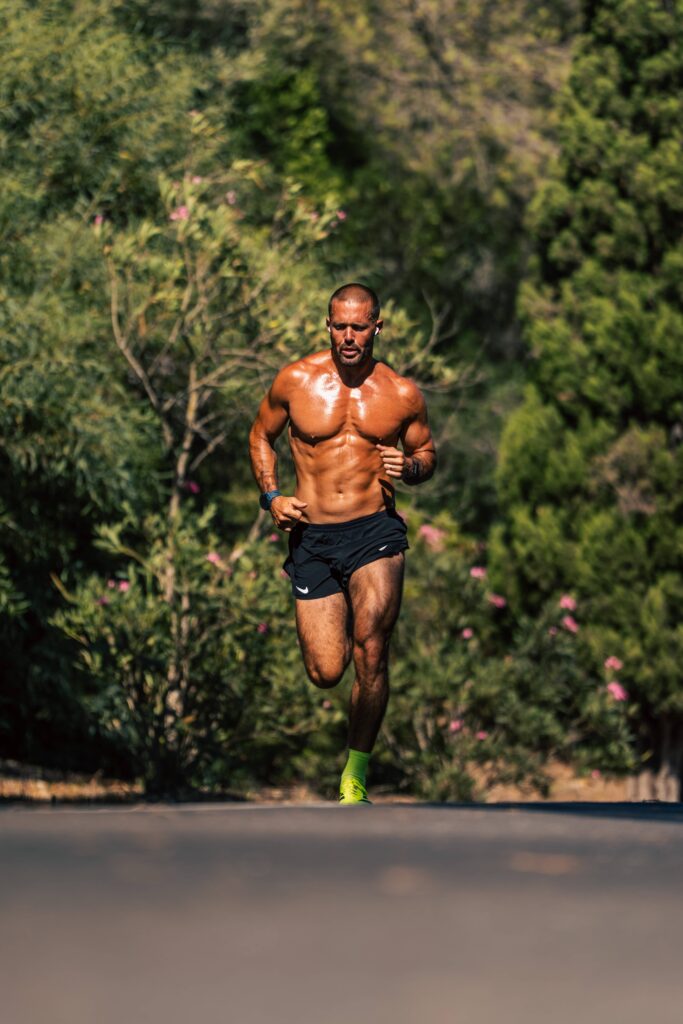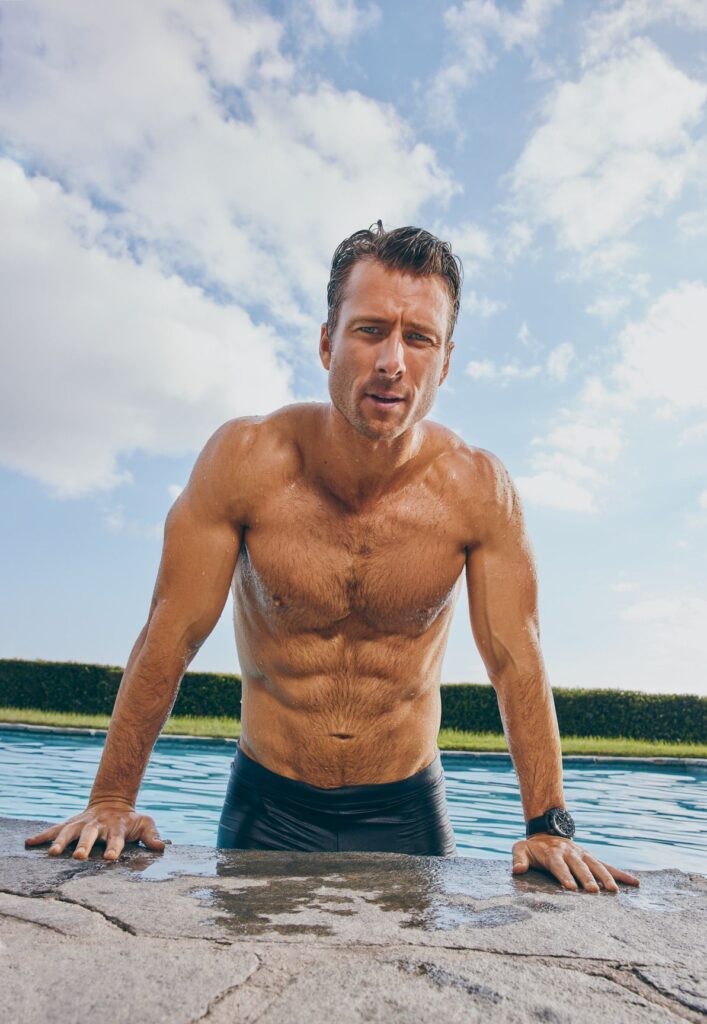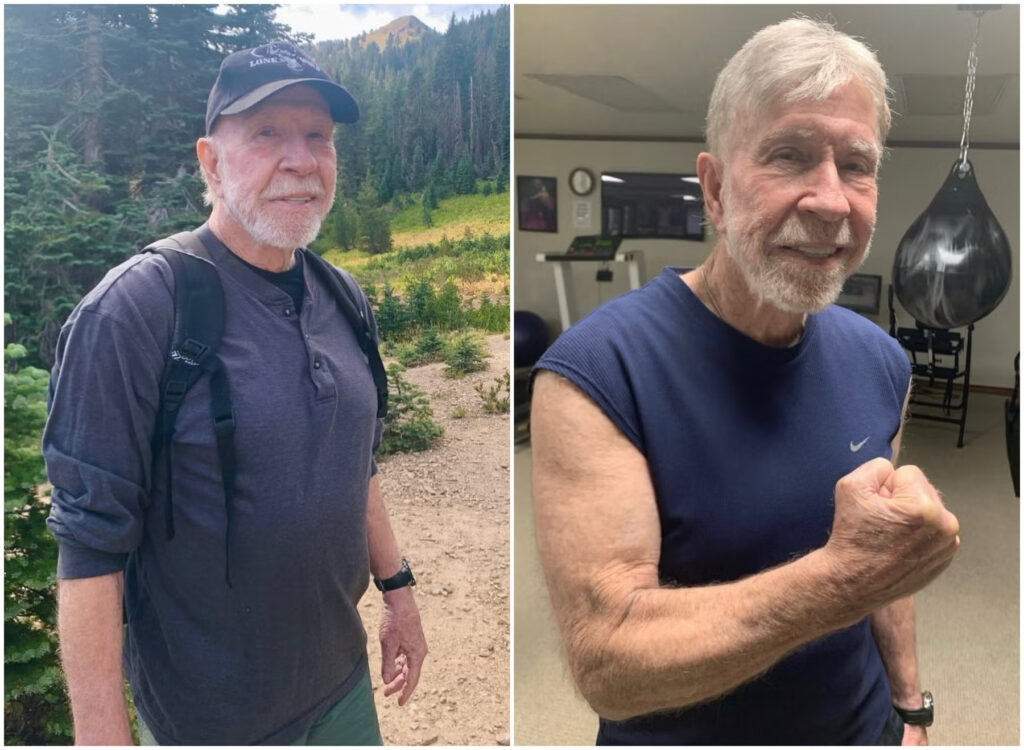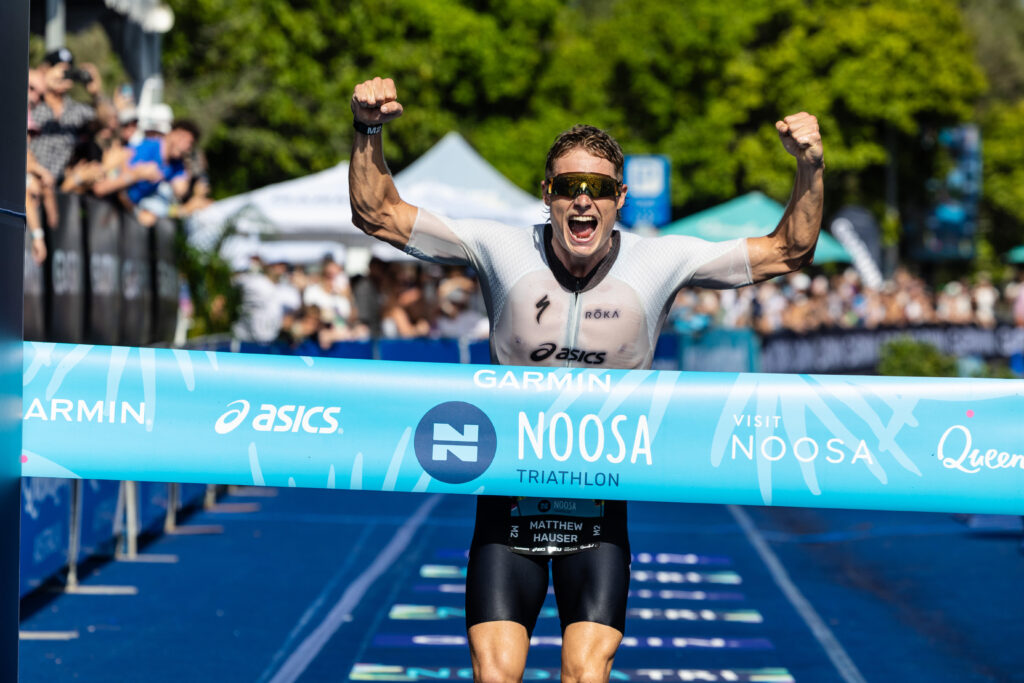ROBERT IRWIN HAS made it to the finale of the latest season of Dancing With The Stars, following in the footsteps of his sister Bindi, who won ten years ago. With partner Witney Carson, Irwin has waltzed to Prince, cut a jazzy routine to Wicked’s ‘Dancing Through Life’ and paid tribute to his mother with an emotional version of Phil Collins’ ‘You’ll Be In My Heart.’ Now, he could walk away from the show as a champion, but Irwin’s joruney to the top hasn’t come easily.
Irwin will admit that he wasn’t much of a dancer before joining DWTS. Although, he did suspect his baseline of fitness might be enough to make the whole experience fairly easy. You also have to remember that this is someone who regularly works with 1,000kg crocs in front of a live audience, so he’s used to high-pressure situations with people watching.
Still, even with his existing level of fitness, Irwin found dancing to be a struggle, physically. “I thought I was pretty fit, I thought I was ready, but I was not,” Irwin tells Men’s Health. “There’s just no way to prepare. The strength of a dancer is unmatched. I don’t care who you are. I don’t care if you’re performing on stage, if you’re competing in the Super Bowl, if you’re a gymnast, an athlete, a crocodile wrangler, I don’t care. You’re not prepared for dance. You’re using muscles you’ve never used before.”
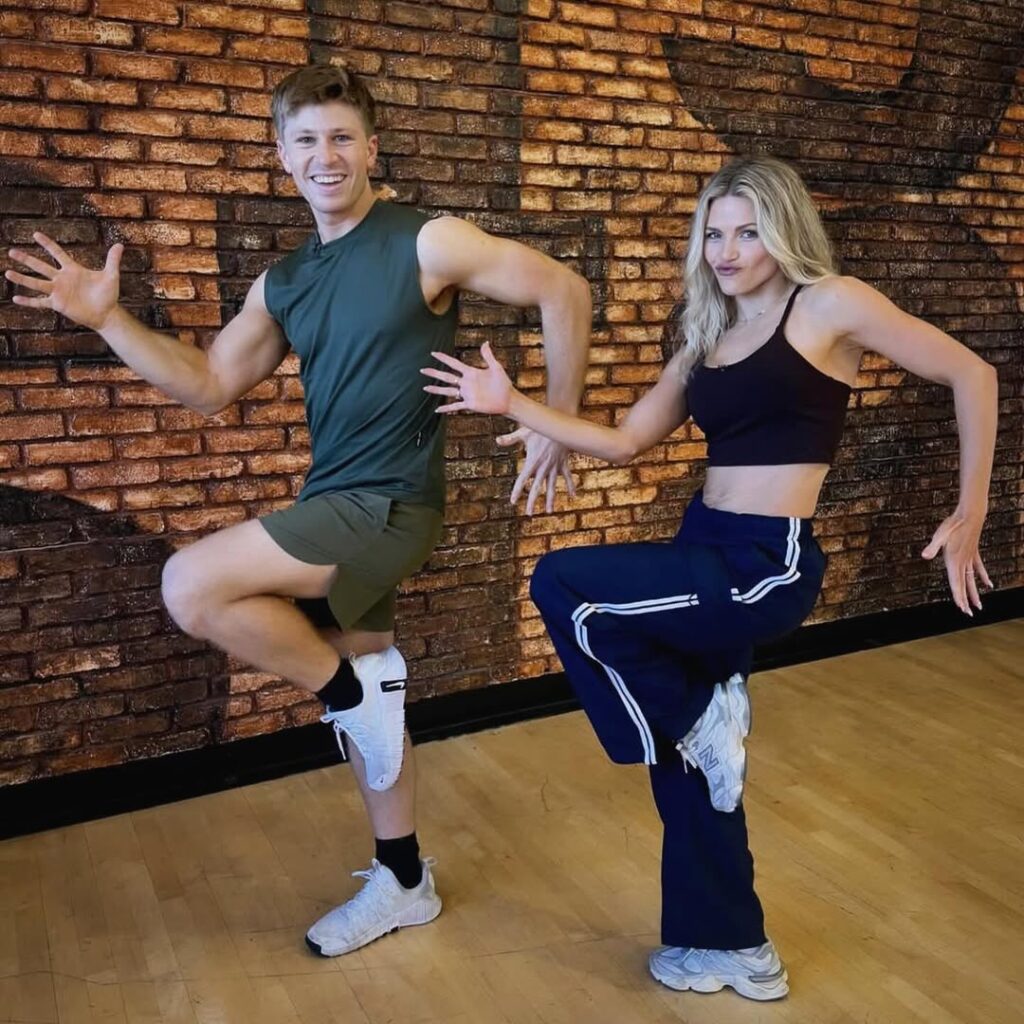
How Robert Irwin trained for Dancing With The Stars
Irwin’s preparation for DWTS was helped by the fact that he had gotten into the best shape of his life not long before filming started. “I had very recently done an ad for an underwear campaign,” he says. “Because of that, I had tried to get into really, really, good shape. And it sort of created this real passion for health and fitness. And so going into [DWTS], I was at a point where I was really trying to take good care of my body.”
For Irwin, the biggest unknown was his dancing ability. He didn’t know where to start while preparing for the show, so he focused on his fitness instead. “I did want to make sure I was as strong as I could be,” he says. “I was doing a lot of cardio and a lot of lifting, but less intense, high-weight lifting and more lower weight, higher repetition lifting to increase my muscle stamina.
“I also did a lot of Pilates,” Irwin continues. “As soon as we did our first dance, as soon as we hit the rehearsal sessions, I realised any increased load on your body… could be the difference between some muscle tearing or staying intact. So I haven’t done anything in the gym since the show started both because there’s simply no time and because my body’s already under so much physical stress.”
Instead, Irwin decided to prioritise recovery. “I think there are two things often overlooked amidst all of the social media and fads that are out there about taking care of your body, and that’s to eat and sleep,” he says. “Eat well, eat often, eat a lot of what makes you feel good. Good, lean protein and a really balanced diet, and then get as much sleep as you can possibly get.”
In addition to keeping his diet and sleep in check, Irwin utilised a litany of recovery rituals. “I’ve also been doing a lot of sauna, a lot of heat and ice, and a lot of time with the physical therapists, because my body’s really breaking down at this point. It’s just been recovery, recovery, recovery.”
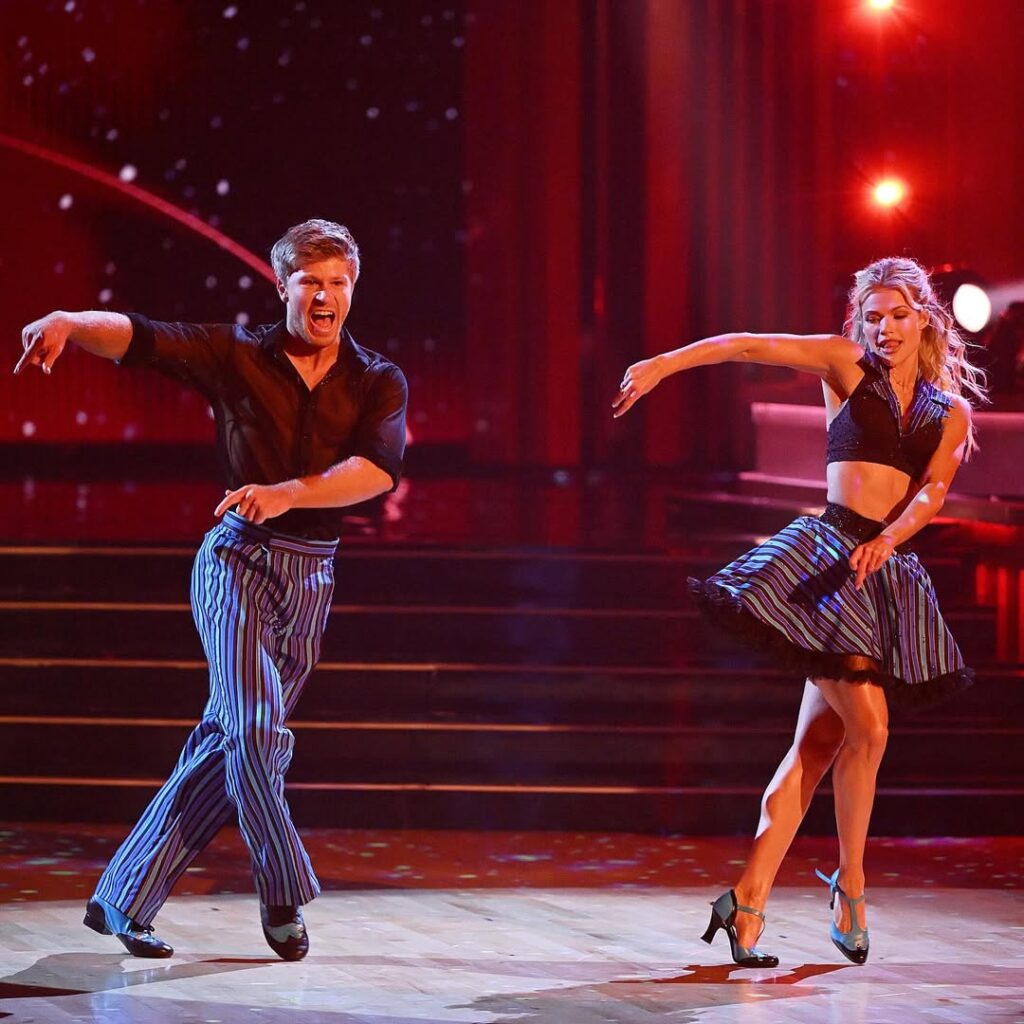
What was the biggest challenge for Robert Irwin on Dancing With The Stars?
Irwin says that the hardest part about learning to dance wasn’t entirely physical, it was learning how to use his strength in a different way. “I am used to, like, if I need to use my full body strength, it’s because I’m rescuing a crocodile so I have to lift 80 kilos of reptile, or I’m climbing up a tree or doing something wild, like surfing or rock climbing,” he says. “But with dance, you need the same level of control, but it has to be fluid and beautiful and poetic. That was a really steep learning curve.”
Overall, however, Irwin stresses that the mental challenges were just as tiring as the physical ones. “The biggest challenge hasn’t been physical, really. It’s been that mental fatigue,” he says. “It’s such a mental game. When we’re learning a new dance, I really get in my head about it and sometimes I over complicate things.”
